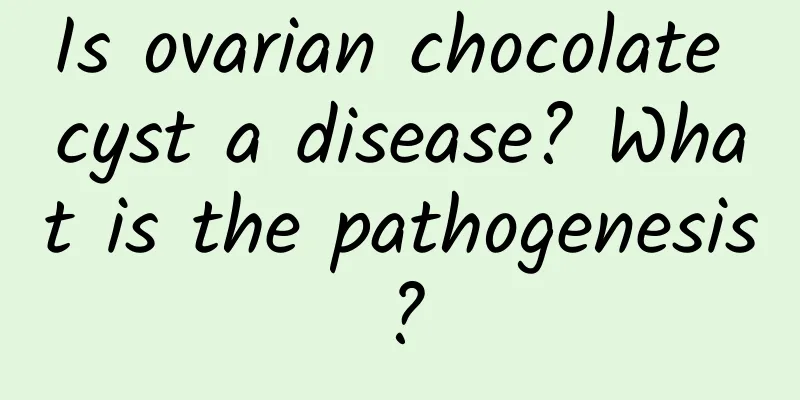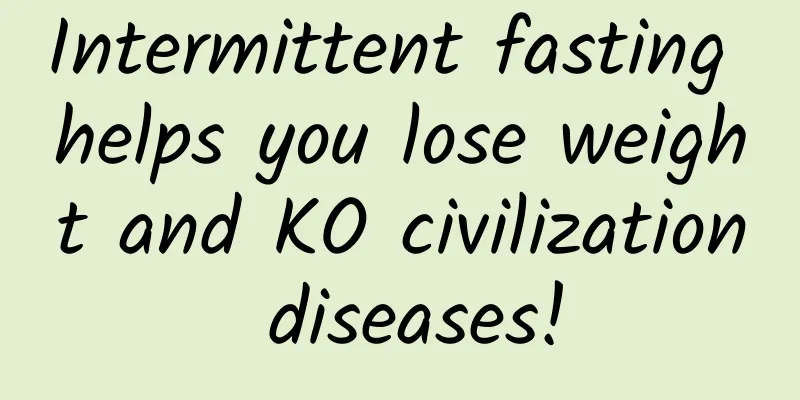Is ovarian chocolate cyst a disease? What is the pathogenesis?

|
Ovarian cysts can be treated based on the speed of tumor growth, characteristics, size, and corresponding examinations. The most important thing about Chinese medicine for ovarian cysts is to treat them according to individual differences and syndrome differentiation. So, is ovarian chocolate cyst a disease? What is the pathogenesis? In recent years, the incidence of ovarian chocolate cyst rupture has also increased. Although the reason is not clear at present, most scholars believe that this is inseparable from the increasing incidence of endometriosis. After the cyst ruptures, the small tear can heal quickly on its own and form adhesions with the surrounding tissues. Ovarian chocolate cyst is a type of endometriosis. It is an ectopic lesion formed when endometrial fragments are implanted on the surface of the ovary. There is local bleeding during each menstrual period, which makes the ovary enlarged and forms a cyst containing old blood. This old blood is brown and sticky like paste, similar to chocolate, so it is called "chocolate cyst". This cyst can gradually increase in size and rarely becomes malignant. However, the cyst wall is often very brittle and has a tendency to rupture spontaneously. Ovarian chocolate cysts can seriously affect women's normal conception, thus causing infertility. The pathogenesis of female ovarian chocolate cysts is as follows: 1. Endocrine factors: Although the ovaries are small, they are one of the important organs for producing eggs and ovulating, and balancing endocrine. They often occur during the reproductive age when endocrine is active. Therefore, it is believed to be related to endocrine disorders. In addition, during menstruation, anger may be gone, and waste cannot be discharged, so cysts are formed in the ovaries. 2. Fallopian tube obstruction: There are no fertilized follicles in the ovaries, and the waste must be discharged by relying on the body's hydraulic pressure. Due to functional decline, the fallopian tubes are blocked, and the eggs that cannot be discharged accumulate in the ovaries, forming cysts. |
<<: Basic examination items for postmenopausal bleeding
Recommend
What should women pay attention to during their menstrual period? What are the reasons for irregular menstruation?
The female menstrual period is a special stage, a...
What are the precautions for endometriosis?
What are the precautions for endometriosis? Preve...
Early prevention of cervical precancerous lesions
If you don't pay attention to it, you will re...
Keep away from obesity, Qiyazi dietary fiber increases satiety
Obesity is the root of all diseases and the publi...
Which hospital treats malnutrition of the vulva?
Vulvar malnutrition includes atrophic malnutritio...
Will I have my period if I have an incomplete abortion? How long will it take for me to have my period after a medical abortion?
How long does it take to get menstruation after a...
How much does Yuting emergency contraceptive pills cost?
The price of each drug is different. Many people ...
What are the commonly used drugs for endometrial tuberculosis?
What are the treatment methods and medications fo...
What diet should be paid attention to when having pelvic effusion
Pelvic effusion is a common gynecological disease...
How much does a painless abortion cost in Chengdu?
In modern times, couples often do not want childr...
Sports girls, look here! Eating breakfast like this can help you lose weight
According to the British Daily Mail, most British...
What medicine can I take if I have an ectopic pregnancy?
Women should not ignore the harm of ectopic pregn...
How to protect the fetus during threatened miscarriage
The measures to preserve the fetus for threatened...
Superfood avocado "oil" trap! How to make dietary substitutions without gaining weight?
In recent years, avocado has been hailed as a &qu...
What causes cervical erosion?
In life, many female compatriots will suffer from...









